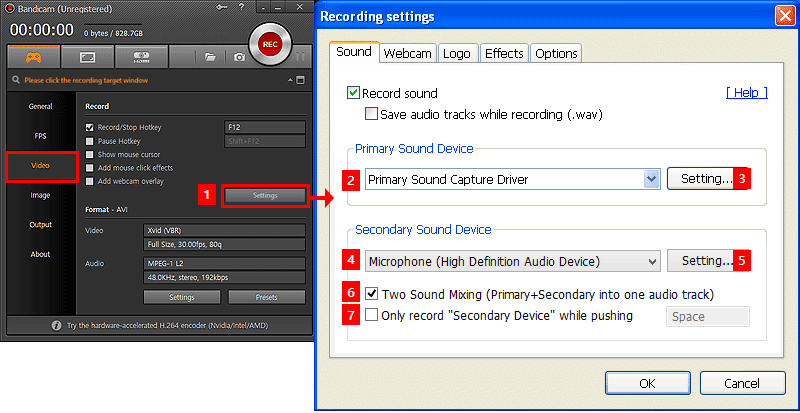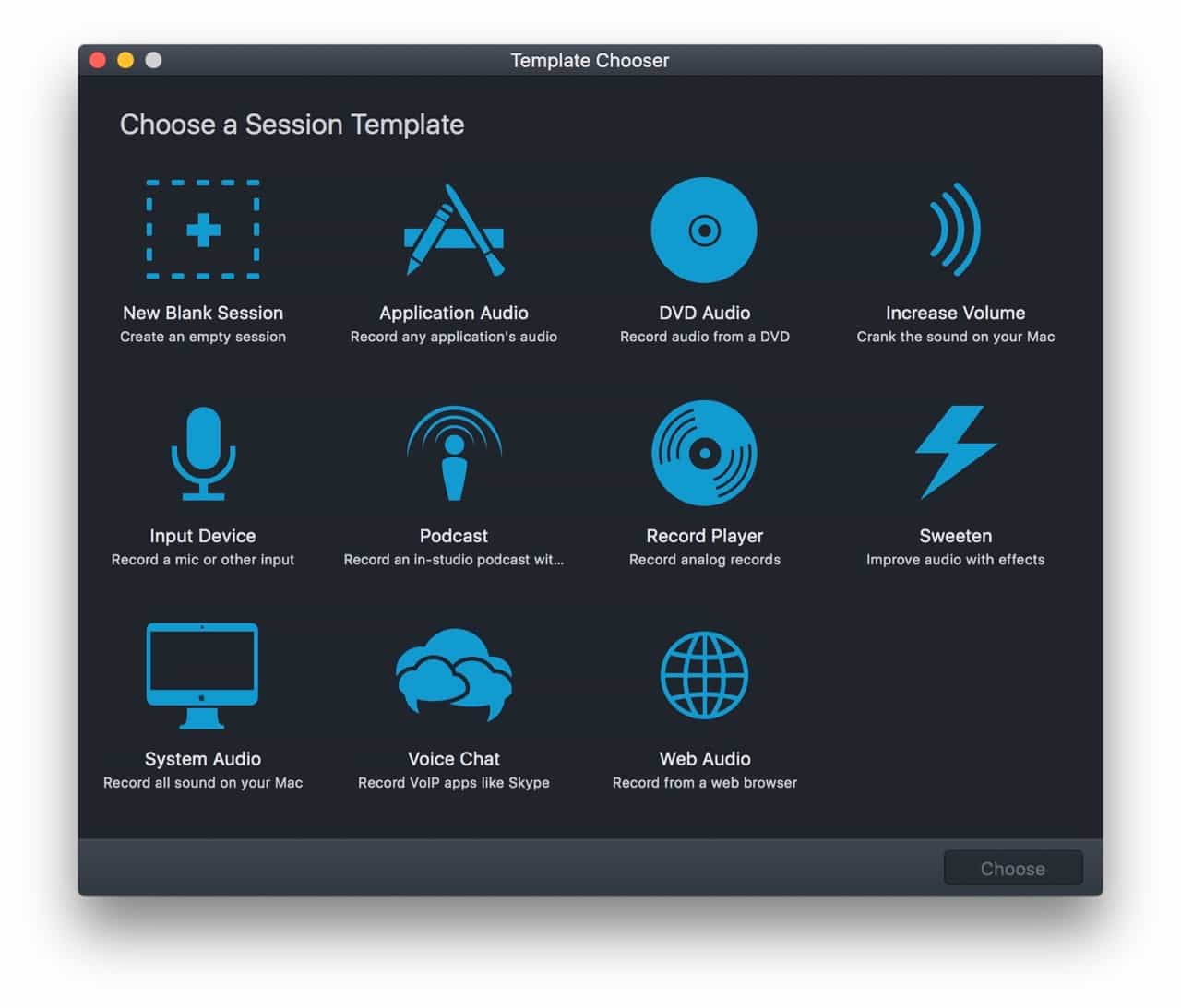
- USING SOUND SIPHON TO RECORD MAC SYSTEM AUDIO ANDROID
- USING SOUND SIPHON TO RECORD MAC SYSTEM AUDIO SOFTWARE
- USING SOUND SIPHON TO RECORD MAC SYSTEM AUDIO PC
Wait, then, for it to start and complete the download procedure, then open the package in. To download Soundflower on your PC, connected to the MacUpdate website linked above, click on the item Download located at the top, select Higher ( OS X) from the menu that is displayed and reject the invitation to create your account on the site by clicking No thanks, take me to my download.

It hasn't been updated for some time, in fact its validation certificate has expired, but it still seems to work fine.
USING SOUND SIPHON TO RECORD MAC SYSTEM AUDIO SOFTWARE
Soundflower is a free kernel extension for macOS that "captures" the audio played by the Mac and allows it to be recorded using any suitable software for that purpose, such as the aforementioned QuickTime Player and Audacity.
USING SOUND SIPHON TO RECORD MAC SYSTEM AUDIO PC
Soundflowerĭo you want to record Mac audio in the sense that you want to "capture" the sound played by your PC while listening to online radio, watching a movie, or playing a game? Then you can resort to Soundflower. Even in this case, these are solutions that are quite simple to use even for those who do not exactly consider themselves a great computer and new technology expert. Interested in understanding what to do to be able to record the sound played by your Mac? If the answer is affirmative, you can use one of the ad hoc tools that you find indicated in the following lines. Record the Mac audio playing from your PC Operation completed, I went to the menu office hour click on Export audio, choose the file format to export the recording (from the drop-down menu format ) and ready. microphone and press the button REC to start recording. Start Audacity, select the audio source to record from the drop-down menu next to the icon.
USING SOUND SIPHON TO RECORD MAC SYSTEM AUDIO ANDROID
You can now transfer this sound file to your other devices, like your iPhone, iPad, or even an Android phone as the sound format works on all of these.At this point there is not much more to explain. If you do, just be ready to have your hard disk filled up with your sound files. The quality used by the QuickTime Player is high, so make sure you do not record too much sound. Your sound has been recorded and is saved on your Mac to be used later. Enter the name and click “Save.” The file will be saved. The screen that follows should ask you the name you want to use for your sound file.

To save it, click on “File” followed by “Save.”Ħ. You can then play the sound if you wish or save the file on your Mac. Once you are done with the recording, click the “Stop” button and it should stop recording any further.ĥ. Simply click the red circle button and it should begin.Ĥ. You are all ready to start recording the sound. As soon as you click the option mentioned in the above step, a small box will appear on your screen containing a couple of options. Click “File” from the menu and choose the option that says “New Audio Recording.” It will let you create a new recording on your Mac.ģ. Double-click on the QuickTime app to launch it.Ģ. Open up Finder and click on the “Applications” tab in the left-sidebar. The recording option does exist in the app, in case you don’t know.ġ.

We are going to be using QuickTime Player to record the sound which you are very much familiar with. We have chosen the easiest method so you won’t have any issues getting the task done. There are some other alternative ways to do the job, such as using Garageband or some other third-party tools.


 0 kommentar(er)
0 kommentar(er)
